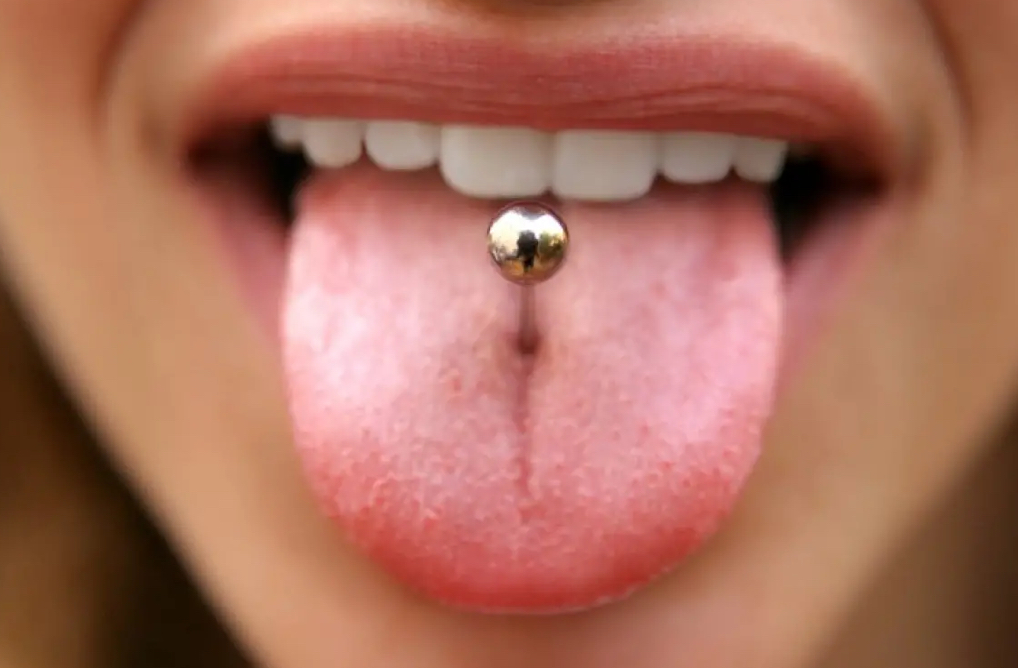Tongue piercings have grown in popularity as a form of body modification, embraced by many as a bold statement of individuality and style. Yet, beneath the surface of this modern trend lies a rich tapestry of cultural history and symbolism. From its ancient ritualistic roots in civilizations like the Mayans and Aztecs to its modern role as a marker of personal expression and even sensuality, the tongue piercing carries layers of meaning that often transcend the mere act of adorning the body.
In this comprehensive exploration, we will delve into the origins, cultural significance, and modern interpretations of tongue piercings. We will also address practical aspects such as hygiene and aftercare, ensuring that the discussion is both informative and engaging for those who appreciate the deeper meanings behind body art.
I. Ancient Roots: The Ritualistic BeginningsA. The Sacred Rituals of the Mayans and AztecsLong before tongue piercings became synonymous with contemporary fashion, ancient civilizations incorporated body modification into their spiritual and cultural practices. Among these, the Mayans and Aztecs are particularly notable. In these societies, the act of piercing the tongue was not a casual adornment but a ritual steeped in deep religious and cultural significance.
